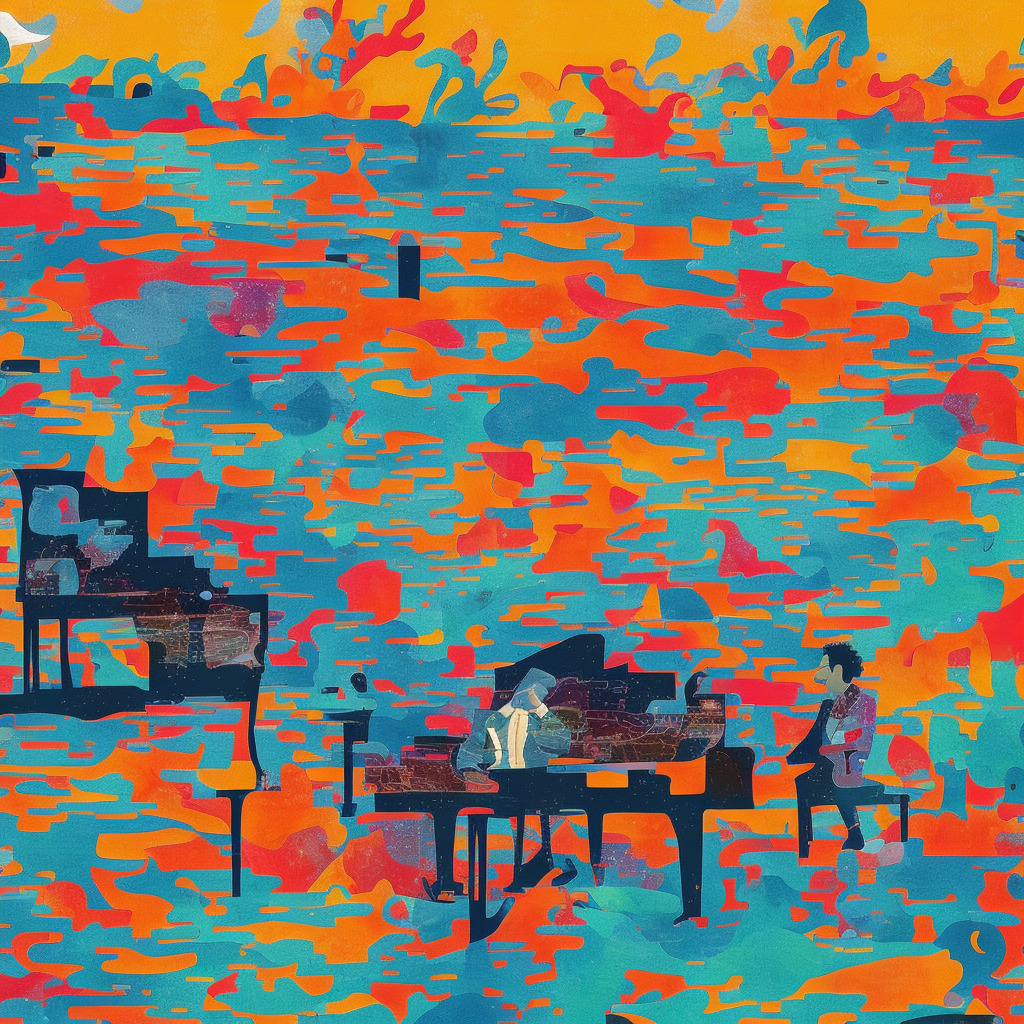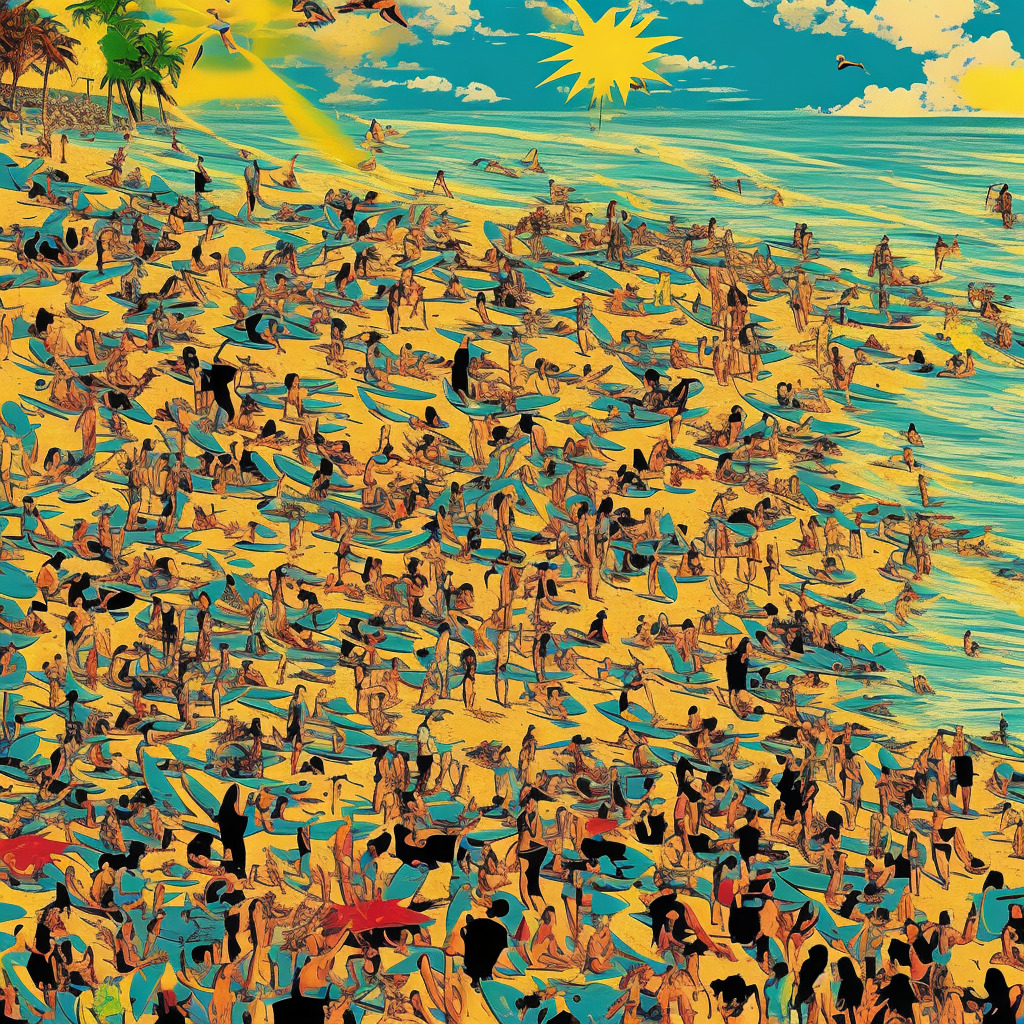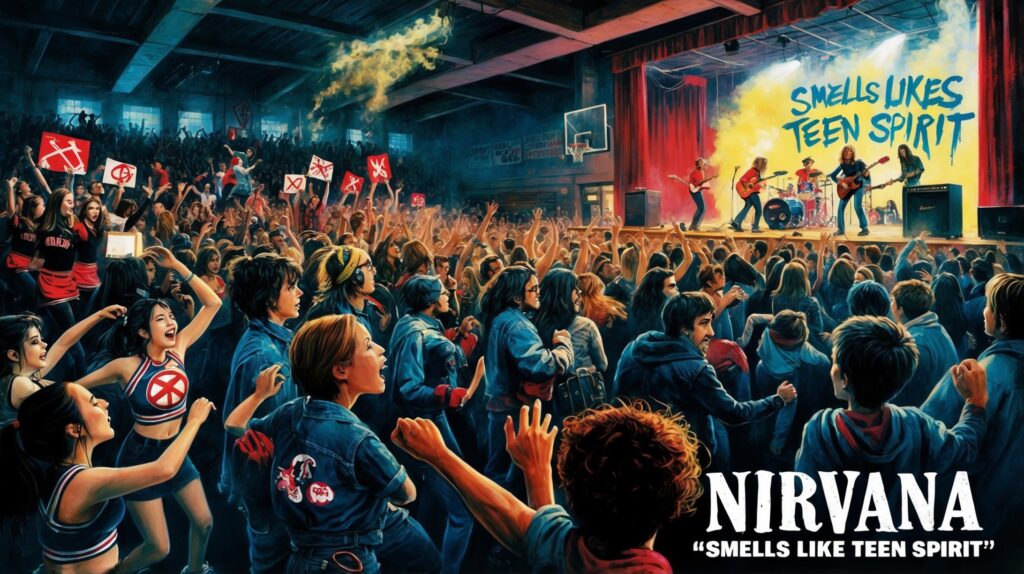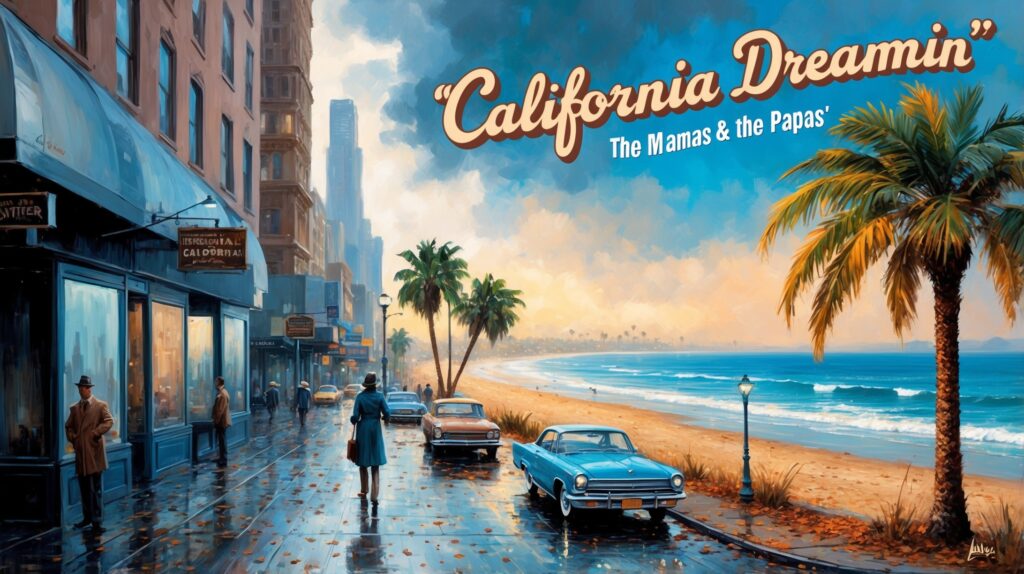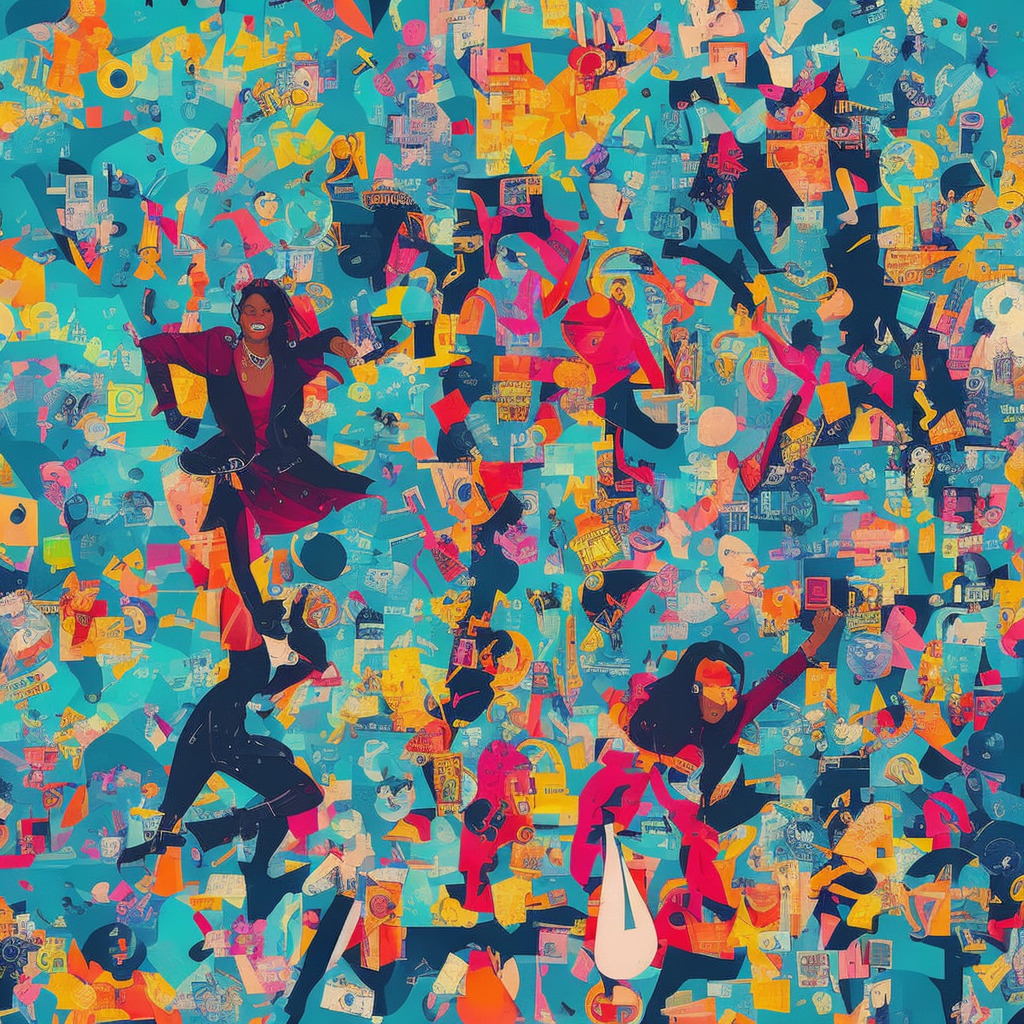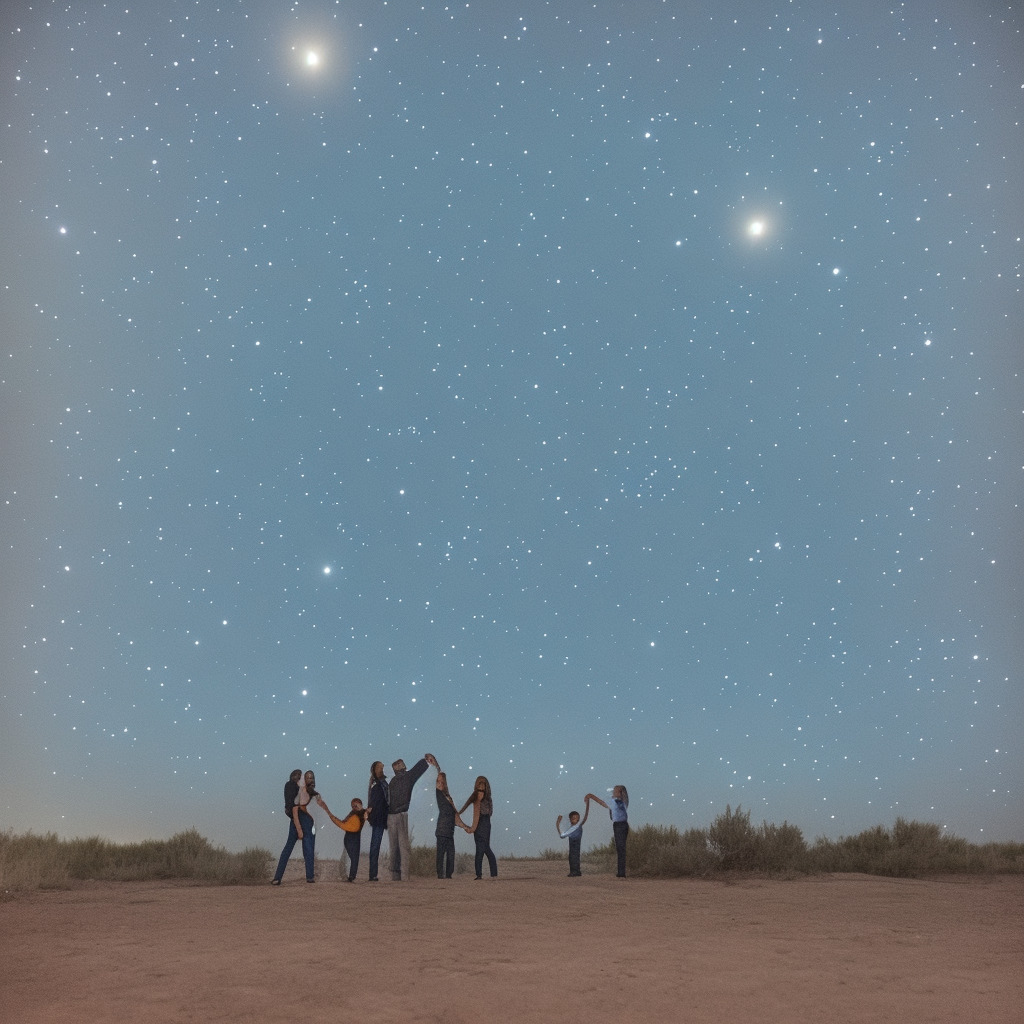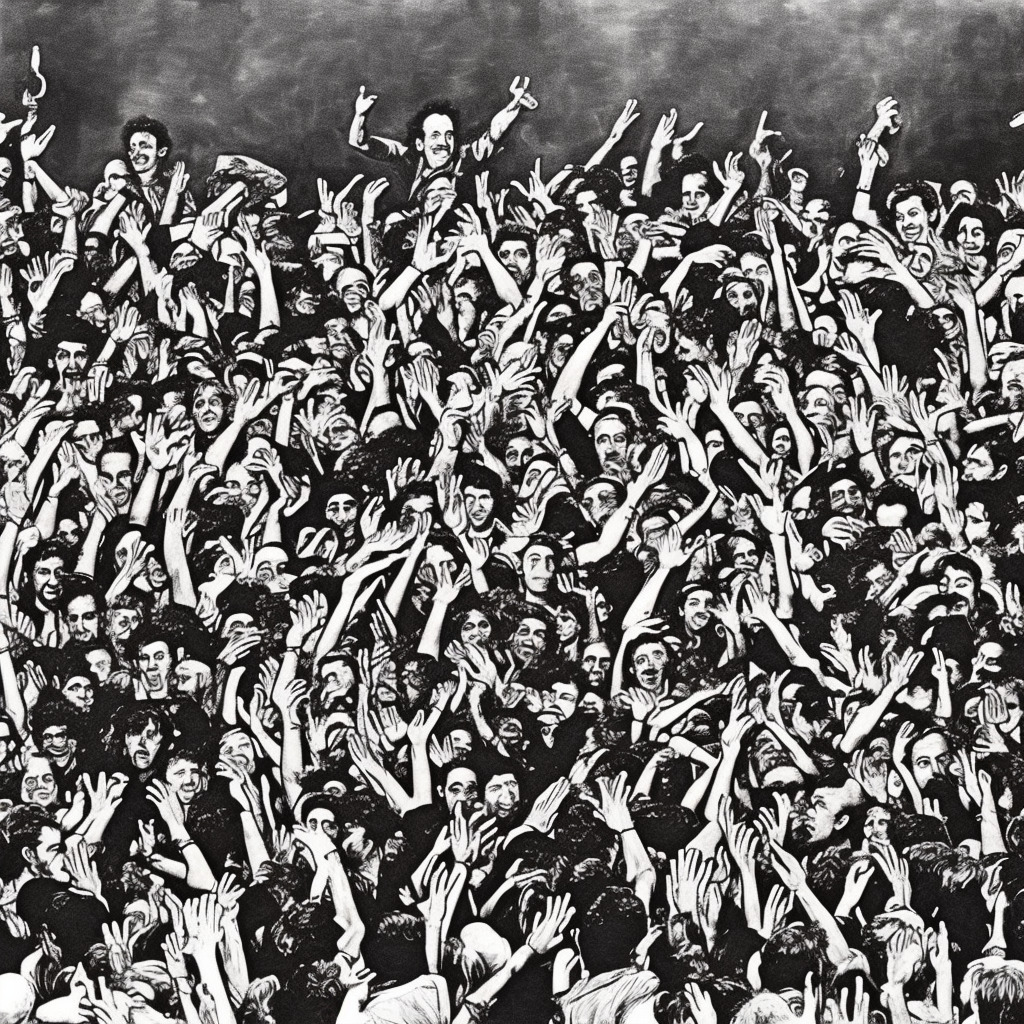Dive into Billy Joel’s “River of Dreams” 🌊: a groovy classic that he wrote & recorded in his very own home studio! Did you know it was inspired by a dream? 💭💤 #BillyJoel #RiverOfDreams #90sMusicTrivia #DreamyTunes Read about it: tinyurl.com/4m6cbn6t
Floating Down the River with Billy Joel
Embark on a melodic voyage with Billy Joel’s timeless “River of Dreams,” a gospel-infused anthem reflecting the legendary singer-songwriter’s quest for meaning amidst a career full of triumphs and transformations.
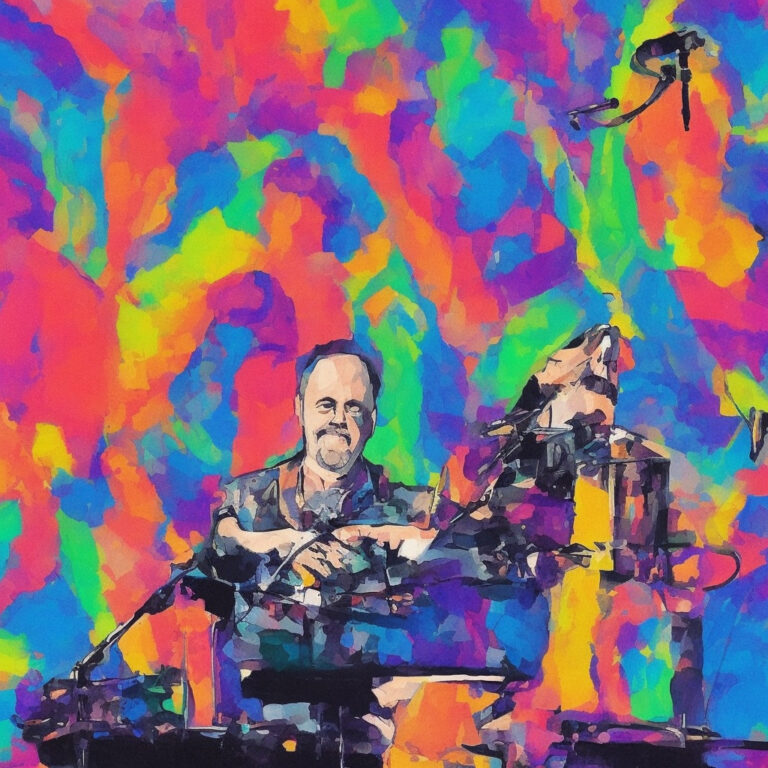
When it comes to American singer-songwriters, few can claim the kind of career longevity and impact that Billy Joel has enjoyed. With a career spanning more than five decades, the “Piano Man” has penned some of the most memorable pop songs in music history, and his song “The River of Dreams” is no exception.
Released in 1993 as the lead single from his twelfth studio album, also titled “River of Dreams,” the song quickly became a chart-topping hit, peaking at number 3 on the US Billboard Hot 100. The song’s gospel-inspired melody and introspective lyrics about searching for the meaning of life struck a chord with listeners, as Joel himself was facing a turning point in his career and personal life during that time.
Despite its commercial success, however, the song did receive some criticism. Some music critics felt that the lyrics were a bit too simplistic and repetitive, while others argued that the song’s pop-driven sound didn’t quite live up to the high standard set by Joel’s earlier works. Nevertheless, “The River of Dreams” remains a fan favorite and a staple of Billy Joel’s live performances.
Over the years, Billy Joel has received countless awards and accolades for his immense contribution to the music industry. Among his many accomplishments, he has been inducted into the Songwriters Hall of Fame, the Rock and Roll Hall of Fame, and has received the Gershwin Prize for Popular Song. His impressive discography includes 13 studio albums and more than 150 million records sold worldwide.
While there may be mixed opinions about some of his work, there is no denying that Billy Joel is an artist who has left an indelible mark on the world of music. “The River of Dreams” may not be everyone’s favorite track, but it serves as a testament to the versatility and talent of this iconic musician. So, whether you’re a die-hard fan or simply curious about the man behind the piano, let the music of Billy Joel take you on a journey through a river of dreams.
Charting the Journey of a Dream
Embarking on a Melodic Voyage: Billy Joel’s “The River of Dreams” sails through the charts, celebrating timeless appeal and transcending musical shores for generations to come.
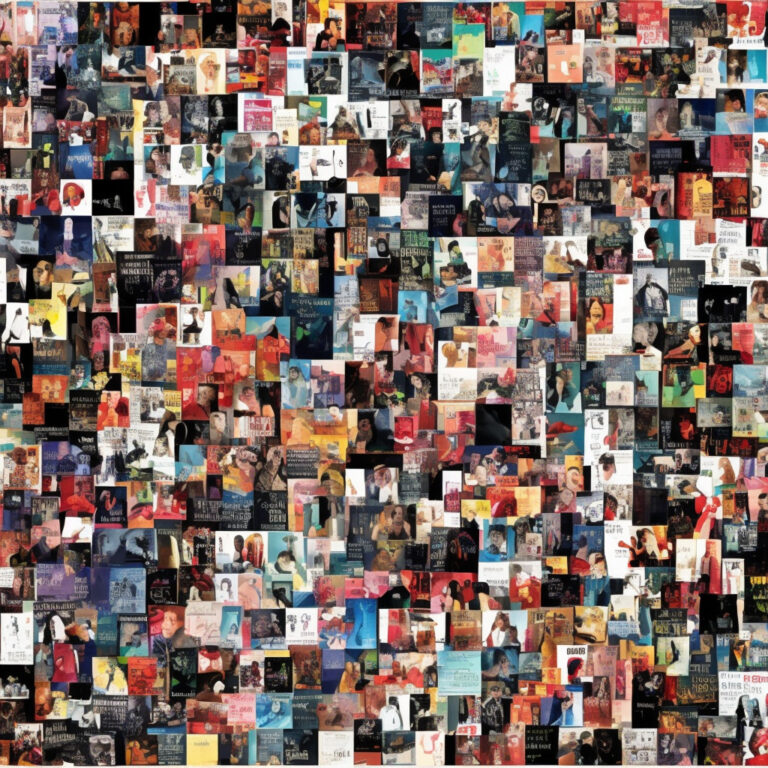
“The River of Dreams” has undoubtedly etched its name into the annals of music history, both as a testament to Billy Joel’s songwriting prowess and as a chart-topping success. Released on July 19, 1993, as the lead single from his twelfth studio album, ‘River of Dreams,’ this song quickly gained traction among listeners, showcasing Joel’s unique blend of pop, rock, and gospel influences.
Upon its release, “The River of Dreams” rapidly climbed various music charts worldwide, demonstrating its universal appeal. In the United States, the song debuted at No. 60 on the Billboard Hot 100 chart and eventually ascended to its peak position at No. 3 on September 18, 1993. It held this position for an impressive three weeks, showcasing its staying power amidst stiff competition.
In addition to its success in the US, the song fared well in international markets. It reached the Top 10 in numerous countries, including Australia (No. 1), Canada (No. 2), and the United Kingdom (No. 3). With these strong showings, “The River of Dreams” marked a significant milestone in Billy Joel’s career.
Not content with merely dominating the charts, the song also received critical acclaim, earning Grammy nominations for Record of the Year and Song of the Year in 1994. Despite not taking home the trophies, the nominations spoke volumes about the song’s impact on the music industry and listeners alike.
Furthermore, “The River of Dreams” maintained its chart success long after its initial release, making a return to the UK Singles Chart in 2020 at No. 99, a testament to its timeless appeal and the enduring popularity of Billy Joel’s music.
In conclusion, “The River of Dreams” stands as a shining example of chart success, as well as an enduring testament to the power of music to resonate with fans across generations and around the globe. With its impressive chart history and continued popularity, it is no surprise that this song remains a beloved classic in Billy Joel’s extensive discography.
Unraveling the Layers of “The River of Dreams”
In the middle of the night
I go walking in my sleep
From the mountains of faith
To a river so deep
I must be looking for something
Something sacred I lost
But the river is wide
And it’s too hard to cross
And even though I know the river is wide
I walk down every evening and I stand on the shore
And try to cross to the opposite side
So I can finally find out what I’ve been looking for
In the middle of the night
I go walking in my sleep
Through the valley of fear
To a river so deep
And I’ve been searching for something
Taken out of my soul
Something I would never lose
Something somebody stole
I don’t know why I go walking at night
But now I’m tired and I don’t want to walk anymore
I hope it doesn’t take the rest of my life
Until I find what it is that I’ve been looking for
In the middle of the night
I go walking in my sleep
Through the jungle of doubt
To a river so deep
I know I’m searching for something
Something so undefined
That it can only be seen
By the eyes of the blind
In the middle of the night
Not sure about a life after this
God knows I’ve never been a spiritual man
Baptized by the fire, I wade into the river
That is running to the promised land
In the middle of the night
I go walking in my sleep
Through the desert of truth
To the river so deep
We all end in the ocean
We all start in the streams
We’re all carried along
By the river of dreams
In the middle of the night
“The River of Dreams” by Billy Joel is a song that captures the essence of searching for something meaningful in life amidst a confusing and chaotic world. The lyrics delve into the common human experience of feeling lost and searching for answers. When the song was released in 1993, it resonated with the spirit of the time, as it was a period of tremendous societal change and upheaval, with the fall of the Berlin Wall, the end of the Cold War, and the rise of the internet.
The lyrics depict the narrator’s journey through various challenging landscapes, such as mountains of faith, valleys of fear, and jungles of doubt. This metaphorical journey represents the struggles and introspection that many individuals faced during that era, as they tried to navigate their personal and spiritual paths.
One of the most powerful lines in the song is “We all end in the ocean / We all start in the streams / We’re all carried along / By the river of dreams.” This poignant metaphor offers a sense of unity and interconnectedness. It reminds us that, despite our individual struggles and differences, we are all part of something greater and are joined in our shared human experience.
In conclusion, the lyrics of “The River of Dreams” beautifully encapsulate the universal search for meaning and the desire to find our place in the world. As the song continues to resonate with listeners today, it serves as a reminder that, even in the face of uncertainty and change, we are not alone in our quest for understanding and belonging.
Visual Journey Down the River of Dreams
One liner: Dive into the soul-stirring fusion of music, nature, and spirituality in Billy Joel’s visually enchanting “The River of Dreams” music video, a mesmerizing odyssey of artistic mastery and universal human connection.
The music video for Billy Joel’s “The River of Dreams” is a visual masterpiece that complements the song’s powerful message. Directed by Andy Morahan, the renowned English director who has worked with artists such as George Michael, Guns N’ Roses, and Elton John, the video captures the essence of the song’s theme: the journey through life and the search for spiritual fulfillment.
Released in 1993, the video features stunning visuals that transport the viewer through various dream-like landscapes. With its $175,000 budget, the video incorporates a blend of live-action scenes and animated sequences, showcasing the artistic and technical prowess of Morahan and his team. Shot in locations such as Connecticut and New York, the video is an ode to the beauty of nature and the spiritual quest that lies within all of us.
The live-action scenes showcase Billy Joel, barefoot and dressed in casual clothing, walking along a riverbank and entering a dense forest. These scenes are interspersed with beautiful shots of nature, such as rushing waterfalls, serene forests, and panoramic vistas, emphasizing the depth and beauty of the natural world. The color palette is rich and vibrant, with deep blues, greens, and oranges painting a surreal dreamscape that invites the viewer to join in the journey.
The animated sequences are particularly notable, as they draw inspiration from various artistic styles and sources, such as Aboriginal art and Native American imagery. The use of these elements is not random, as they reflect the universal human need for spiritual connection and growth. These visuals are an essential part of the video’s storytelling, as they communicate the idea that the river of dreams runs through various cultures, histories, and belief systems.
Throughout the video, Billy Joel is seen playing various musical instruments, such as a piano constructed from driftwood and a guitar made of branches, further solidifying the connection between music, nature, and spirituality. It is worth mentioning that the concept of the video was a collaborative effort between Billy Joel and Andy Morahan, showcasing the strong synergy between artist and director.
In conclusion, the music video for “The River of Dreams” is a captivating visual journey that perfectly complements and enhances the song’s message. With its breathtaking imagery and artistic approach, the video stands as a testament to the power of music and the importance of spiritual growth in our lives.
The Genius Behind the River of Dreams
Billy Joel, the renowned composer of “The River of Dreams,” is an established artist with a myriad of hit songs spanning across multiple decades. As a six-time Grammy Award winner, Joel has left an indelible mark on the music industry, crafting songs that have stood the test of time. Among his iconic compositions are “Piano Man,” a song that narrates the life of a bar pianist, the catchy and upbeat “Uptown Girl,” and the soulful “Just The Way You Are,” which earned him two Grammy Awards in 1979. With an undeniable flair for creating evocative melodies and poignant lyrics, Billy Joel has solidified his status as a musical legend, and “The River of Dreams” is just one shining example of his extraordinary talent.
Awards and Accolades, Media Appearances, and Notable Covers
Diving into the enduring legacy of “The River of Dreams”: a Grammy-nominated classic that transcends media, inspires innovative covers, and captivates generation after generation.
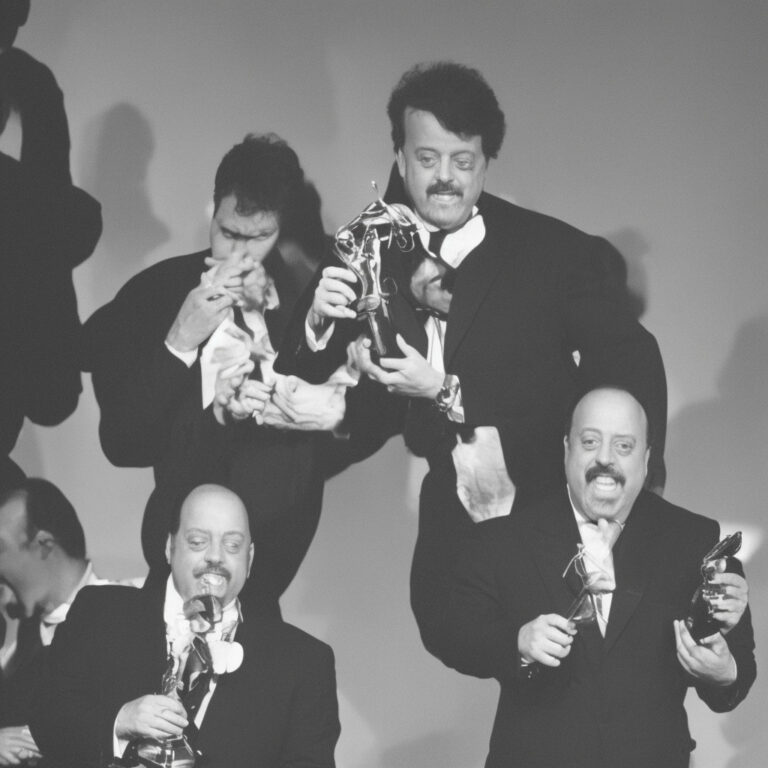
“The River of Dreams” has received numerous awards and accolades since its release in 1993. The song was nominated for several Grammy Awards, including Record of the Year, Song of the Year, and Best Male Pop Vocal Performance in 1994. Though it didn’t take home any trophies, the nominations alone are a testament to the impact the song has made in the music world.
Throughout the years, “The River of Dreams” has made its way onto various media platforms. Most notably, the song was featured in the 1995 film “Two Bits”, starring Al Pacino. Additionally, the song can be heard in the television series “Cold Case” in the episode titled “It Takes a Village” that aired in 2007. In the world of video games, “The River of Dreams” was included in the 2009 video game “Lips: Number One Hits” for Xbox 360 as a playable track.
The song’s popularity has inspired several artists to create their own renditions of the timeless classic. One notable cover version is by renowned a cappella group Rockapella, who included their unique interpretation of “The River of Dreams” on their 1995 album “Primer”. The album itself was a success, earning the group recognition for their innovative, vocal-driven sound.
Another notable cover comes from the musical project, The String Cheese Incident. This jam band, known for their eclectic mix of bluegrass, rock, and electronic music, performed a live version of “The River of Dreams” during their 2007 tour, showcasing their own distinct style while paying homage to the original.
These awards, media appearances, and cover versions all serve to highlight the impact and staying power of “The River of Dreams” as a cherished song in the annals of contemporary music. With each new generation, it’s clear that the song’s message and melody continue to resonate and inspire listeners around the world.
Delving into the Musicality of a Ballad Masterpiece
As we explore the intricate musical structure of “The River of Dreams,” it becomes apparent that Billy Joel has once again showcased his impeccable songwriting skills, creating a timeless classic that still captivates listeners today.
The song is written in the key of G Major, which gives it a bright and uplifting feel, making it perfect for a ballad that carries a message of hope and self-discovery. However, the verses feature a descending bass line, adding a touch of melancholy and depth to the overall composition.
Structurally, “The River of Dreams” follows a standard pop song format, consisting of verses, pre-choruses, choruses, and a bridge. The chord progression during the verses is predominantly built around the I-IV-V (G-C-D) with a slight variation, while the pre-chorus and chorus sections introduce the vi chord (E minor) for a harmonically rich and interesting sound.
The tempo of the song is moderately slow, clocking in at around 88 beats per minute. This slower pace allows the listener to fully absorb the lyrics and the emotional weight behind them. The steady 4/4 time signature is coupled with a syncopated rhythm that gives the song a sense of forward momentum, despite its slower tempo.
One of the most striking elements of “The River of Dreams” is the incorporation of African-inspired percussion and gospel-tinged backing vocals, adding an ethereal and spiritual dimension to the song. This fusion of styles is a testament to Billy Joel’s versatility as an artist and his ability to tap into various musical influences to create a unique and memorable sound.
The bridge section of the song serves as a powerful turning point, both musically and lyrically. The chord progression shifts to a minor key, creating an emotional contrast that mirrors the introspective nature of the lyrics. As the song builds to its climax, the instrumentation becomes more dynamic, with the piano, electric guitar, and gospel choir all joining forces to drive home the song’s message.
In conclusion, “The River of Dreams” is a shining example of Billy Joel’s musical prowess and a testament to his ability to craft songs that continue to resonate with listeners across generations. Its intricate structure, rich harmonies, and blend of musical influences make it a true masterpiece that deserves its place among the great ballads of our time.

